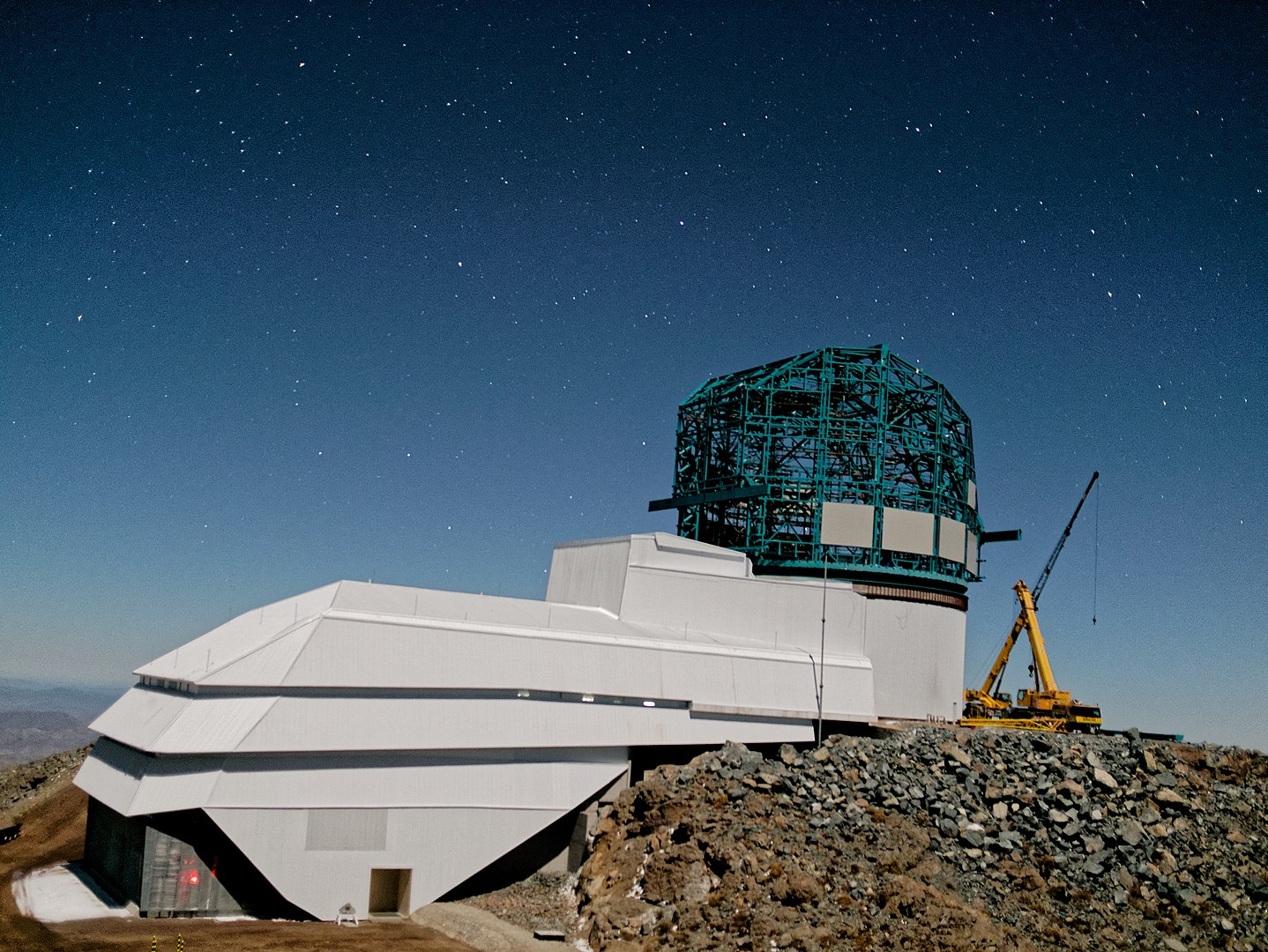In the summer of 2019, a team of astronomers from NASA, the ESA, and the International Scientific Optical Network (ISON) announced the detection of the comet 2I/Borisov. This comet was the only second interstellar visitor observed passed through our Solar System, coming on the heels of the mysterious ‘Oumuamua. For this reason, astronomers from all over the world watched this comet intently as it made its closest pass to the Sun.
One such group, led by Martin Cordiner and Stefanie Milam of NASA’s Goddard Space Flight Center, observed 2I/Borisov using the ESO’s Atacama Large Millimeter/submillimeter Array (ALMA) in the Chilean Andes. This allowed them to observe the gases 2I/Borisov released as it moved closer to our Sun, thus providing the first-ever chemical composition readings of an interstellar object.
Continue reading “Interstellar Comet 2I/Borisov Formed in a Very Cold Environment”




